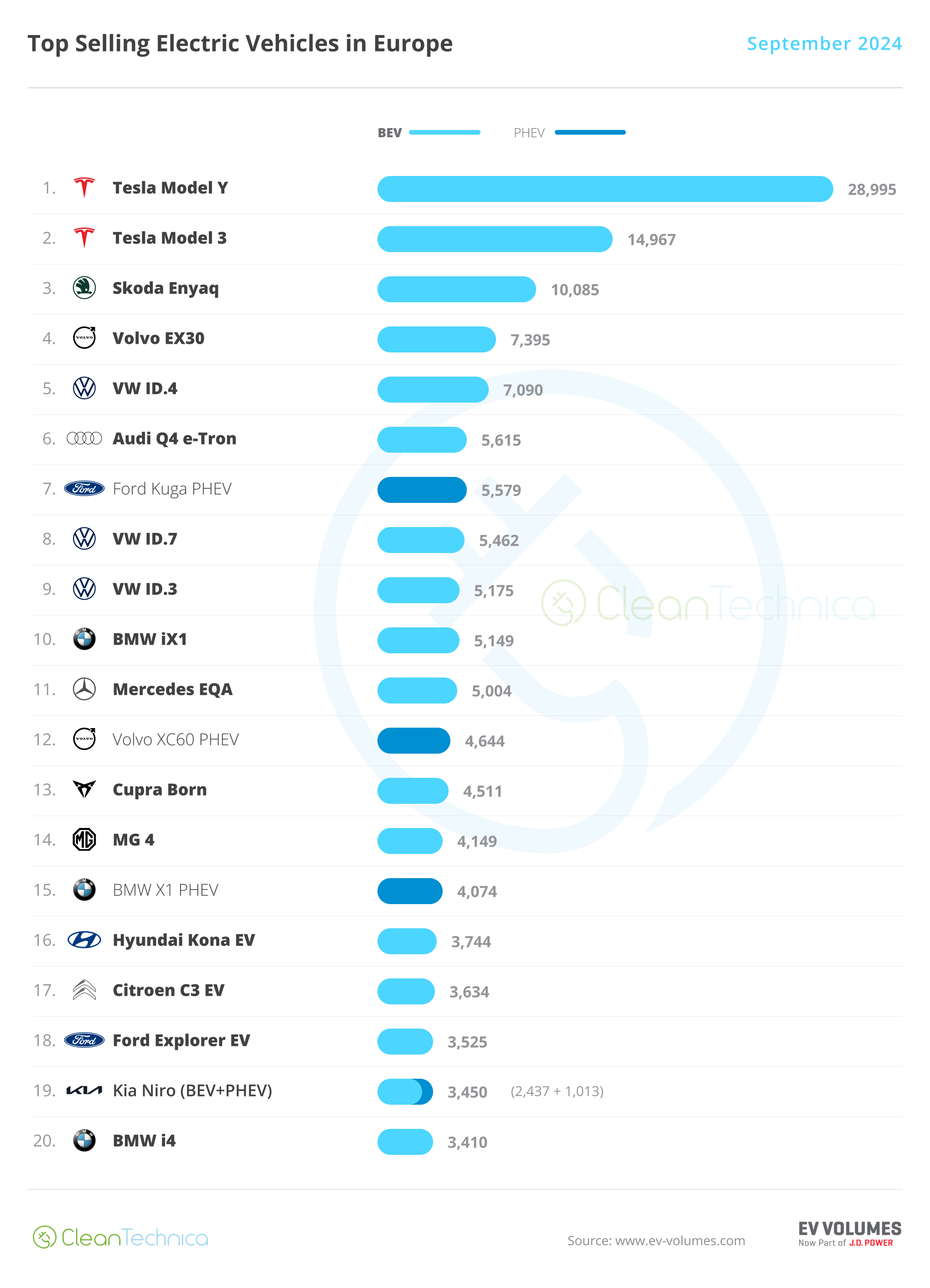Teenagers today face lives framed by a hotter climate. With so many social and environmental issues surrounding them, teenagers are increasingly interested in ways to reduce the carbon emissions that are harming the planet. Combined with coming-of-age rituals, the purchase of an electric vehicle (EV) is capturing the imagination of the new generation of drivers as a concrete, viable step to mitigate the climate crisis.
What can be done to positively influence teenagers to move from imagination to action and to choose an EV for their first drive?
The Appeal of an EV for Young Adults
It’s important to recognize that today’s teenagers will be tomorrow’s leaders, and they will continue the current process that has begun to transition to a low carbon future. Already teenagers have been inspired by advocacy for a carbon tax, buying local, and using green energy. Now more teenagers than ever are embracing the appeal of electrified public transport and personal EVs. In fact, the majority of youth drivers aged 16 and on are likely to choose an EV in the next decade.
EVs offer many benefits for young people.
Electricity charge vs. gas fill-up: According to data from Cox Automotive, the average price paid for a new EV has fallen significantly—in September, 2023, it came down by $14,300 over the prior year. This amounted to a cost of just $2,800 more than the average paid for a new internal combustion engine (ICE) vehicle. And with the EV market growing rapidly, the price margin is expected to shrink even more in the coming years as manufacturers produce more affordable models and improve battery technology, which is the most expensive part of an EV.
Costs are reduced: An EV is exempt from lots of the maintenance that is needed with a complicated ICE, as an EV has a much simpler powertrain. A comparison of an ICE vehicle vs. an EV takes into account vehicle cost and depreciation, financing, fuel costs, insurance costs, maintenance and repair costs, taxes and fees, and other operational costs to formulate a holistic total cost of ownership and operation of multiple different vehicles — and EVs win, by far.
Pre-owned options: Used EVs tend to be in better condition than their ICE counterparts. The major battery components will have an 8- to 10-year warranty. Used EVs will have fewer miles on the odometer relative to ICE, as they’ve had less wear and tear on the brakes, tires, and suspension. Because many lower end EV models have a more limited range, teenagers will likely find that pre-owned EVs haven’t wracked up the miles as they would have in a similar year ICE vehicle.
Breakthrough technology: EV innovations are helping to define, create, and capture significant new market opportunities due to technological breakthroughs in all-electric transportation. Desirable features found in many EV models include touchscreens, high resolution intelligent displays, automatic wipers and lights, automatic 30-minute rapid charging, park assist cameras, quirky designs, and environmentally friendly components.
Range and more range: To ensure affordability, entry level EV models tend toward being no-frills. Accounting for lower advertising and distribution costs for manufacturers, as well as fewer extras and performance costs, the price of entry level EVs may be lowered by 20% to 30%. Moreover, because teenagers really don’t drive too far from home, lower range EVs really do suffice for transit between school and home, or work and home, with some social events thrown in for fun.
A new and different approach to mobility: EVs are unique eco-innovations. Research suggests that consumers who tend to make creative choices for their product preferences are inclined to be socially, functionally, hedonically, and cognitively motivated for innovativeness. Teenagers are an age group that is particularly attracted to uniqueness as part of their identity formation and do find the eco-innovations of EVs to be particularly appealing.
The Top 3 EVs for Teens
Like shopping for any vehicle, choosing an EV for teenagers zooms in on the driver’s needs, priorities, and commuting habits, according to KBB. Here are 3 tested entry level EVs that would be quite suitable for many teenagers.
Nissan Leaf: A 2024 model Leaf has a starting price of $28,140. If this is an independent purchase for a teenager– ie. they have little to no family financial support — a new Leaf’s price tag is a little high. A very quick search on Carvana for used Nissan Leafs, however, comes up with a price of $12,000 and moves upward dependent on year and mileage. I started out with a used Leaf, and driving it helped me to understand the in’s and out’s of all-electric driving.
Chevy Bolt: I searched today’s Chevrolet inventory and found many 2023 Chevy Bolts for about $30,000. That, too, is steep for most teenagers. The prices for a used Bolt do seem to be higher now than when I purchased mine for my summer cabin in summer, 2023. But the Bolt is a fabulous car, and, if a teenager makes the pragmatic decision to buy from a dealer, it will have a new battery with an 8-year warranty. It will also be eligible for federal tax rebates if from a dealer. The value of a Bolt keeps increasing as the price decreases, making it possibly affordable after all.
Tesla Model 3: Clearly, the Model 3 is the best vehicle of these 3 options. It can be charged on the very dependable Tesla Supercharger network. It has the reliability and inherent low maintenance costs that one associates with the Tesla brand. A lifecycle analysis, or total cost of ownership (TCO), of a Model 3 makes it a very appealing choice, indeed. The difficulty is that the cost of both new and used versions may be beyond the financial wherewithal of a teenager, even with grandma’s good graces. But we love you, Gram!
Bringing Teenagers into the Low Carbon Transportation Conversation
Studies indicate that teenagers report little confidence that the government will adequately address the climate crisis. Climate anxiety and distress are significantly related to teenagers’ perceived inadequate government response.
That means more opportunities for teenagers to participate in zero emissions life must be created. “From innovative sustainable technologies and renewable energy, to revolutions in transportation systems and industrial activity, young people must be equipped with skills and knowledge to shape a cleaner, greener, more climate resilient future,” UN Secretary-General António Guterres outlined in his International Youth Day message in August.
Teenagers are increasingly aware that there are elements of our current economic system that are not really fit for purpose. In the common 20th century linear economy model, businesses collected raw materials from nature and transformed them into products that were then used and disposed of as waste. In contrast, the forward-looking circular economy approach includes improving closed-loop systems that allow efficient use of resources, waste prevention, reuse and recycling of materials, and eco-design development. Then, it provides net savings to both businesses and consumers and decreases the impact on the environment.
A circular economy approach is the preferred economic model of teenagers who are conscious of their tenuous futures due to the climate crisis. Like all consumers, teenagers’ psychological and personal mind maps influence their intention to purchase EVs. Research suggests that, for the sustainability of a circular economic system, consumers’ involvement is crucial. Involving teenagers in sustainability decisions like zero emissions transit adds to the public discourse and has the potential to affect political and commercial outcomes.
EV manufacturers who emphasize the closed-loop nature of their companies are sure to attract more teenagers.
Empowering teenagers through the social and economic opportunities that EVs offer is important for future zero emissions transportation. Anytime we can inform, educate, and illuminate the next generation about the gift of EVs, we pay forward the lessons others have shared with us. Motivated teenagers are more likely as a result to choose driver’s education courses that use an EV as the test drive vehicle and move onto EVs as their vehicles of choice.




